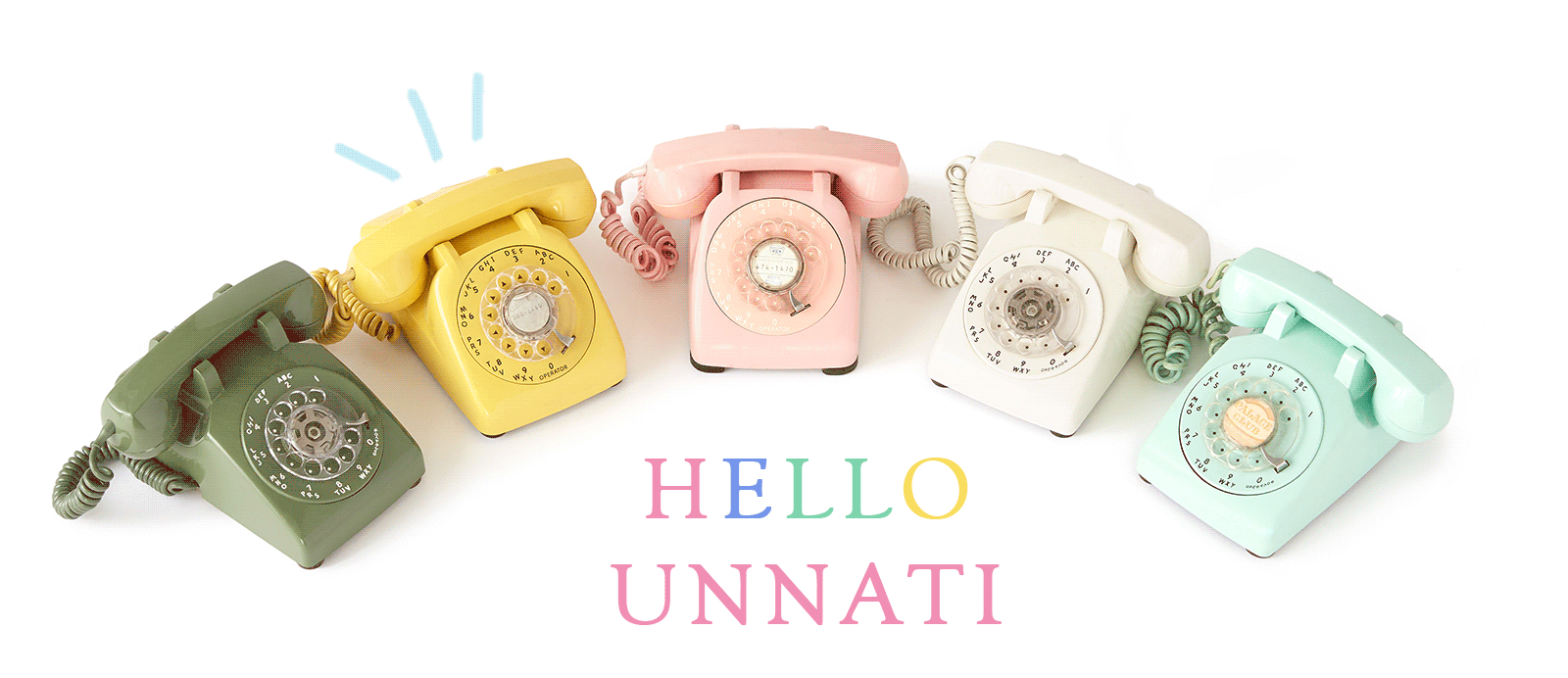Visit Dhar, popular tourist destination of Madhya Pradesh, Unnati Silks
WEAVER'S WORLD / BAGH / PLACES TO VISIT -3
BAGH
Phadke Museum
Dhar has a studio which has its history but offers learning and has many interesting sculptures lying in a closet. The Maharaja of Dhar was a patron of arts. He invited several artists to his kingdom during the first half of the twentieth century. Raghunath Krishna Phadke was then a renowned sculpturist in Mumbai who accepted the invitation and started a studio in Dhar. The studio has several works of Mr. Phadke and his students. Academically perfect, these sculptures have caught the personality of the model in a royal way. You would find sculptures of Mahatma Gandhi, Jawaharlal Nehru, Bal Gangadhar Tilak, Ram Mohan Roy and all those recognizable figures from our national movement. There are portrait sculptures of Kings, queens, local chieftains and spiritual leaders.

Bhoj Shala
In the Kamal Maula mosque at Dhar, an inscription in Sanskrit and Prakrit, from the time of Arjunavarman was found, which had a portion of the drama composed by Madana, the king’s preceptor. There was also mention of the play having been performed before the king in the temple of Saraswati. This was inscribed so beautifully that it was displayed at the entrance in 1903 by K.K.Lele, Superintendent of Education in the princely state of Dhar. The inscriptions akin to the writings of Raja Bhoj the great king and author of a number of works in poetry and grammar, made him name the building as Bhoj Shala. Definitely a place to visit out of curiosity if not anything else.

Lath Masjid
Lath Masjid also known as 'Pillar Mosque', is to the south of the town like a tomb. It derives its name from a pillar made of iron which is supposed to have been set up in the 11th century. The pillar, which was nearly 13.2 m high according to the most recent assessment, is fallen and broken; the three surviving parts are displayed on a small platform outside the mosque. It carries a later inscription recording a visit of the Mughal emperor Akbar in 1598 while on campaign towards the Deccan. The pillar's original stone footing is also displayed nearby.

Jheera Bagh Palace
Outside the town, off the road to Mallu, the Pawars built a palace at Hazira Bagh from the 1860s. Known as the Jheera Bagh Palace and presently run as a heritage hotel, the complex was renovated by Maharaja Anand Rao Pawar IV in the 1940s. Graciously designed in an unpretentious art deco style, it is one of the most elegant and forward-looking examples of early modern architecture in north India.

Contact US
We will get back to you shortly!

